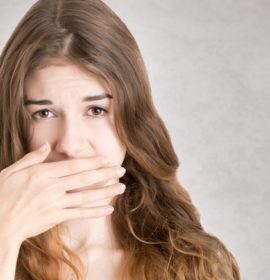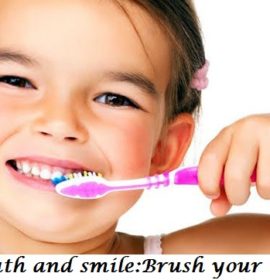
Maintain and Retain Your Retainer
Orthodontics . Preventive Dentistry
First of all a single question to you all, did anyone know about different types of retainers??
If no is the answer then scroll down and find them ..
Three Types of Retainers. listen please…
There are three basic types of retainers available today; each works best in particular situations.

The most common is the so-called “Hawley” retainer a thin, tongue-shaped piece of acrylic molded to fit your mouth, with a wire that holds your teeth in position. The Hawley retainer is simple, durable and easily removed. It’s even possible to personalize it by choosing different colors and designs for the plastic arch. It can also be adjusted to correct minor tooth movements.
Another popular style of retainer is the clear aligner-type, which looks similar to the Invisalign tray system. These retainers are custom-made of thin, transparent plastic which is designed to fit precisely over your teeth. Their main advantage is that they’re invisible, with no wire to show. These retainers are also easy to remove, but they may be somewhat less durable than the Hawleys. They aren’t recommended for patients with certain conditions, like teeth grinding.
Finally, fixed retainers may be an option for some people, especially on the lower front teeth. As their name implies, they aren’t removable by the wearer but they aren’t visible either. Like lingual braces, this system uses a wire which is bonded to the tongue side of the teeth. It may remain in place for months, or longer. This type of retainer is sometimes recommended when there’s a high risk that teeth could revert to their former position.
your retainers also need to be cared..

To stay fresh and germ-free, all retainers need proper cleaning. A Hawleytype retainer can be brushed gently with a regular toothbrush but a brush may scratch the clear aligner types. Denture cleaners, in powder or tablet form, as well as special retainer cleaners, can be used to clean most removable retainers. Fixed retainers are cleaned by brushing and flossing; a floss threader or interproximal brush can also be a helpful cleaning tool when needed. Finally, remember to always carry and use a retainer case. You’d be surprised how many retainers end up folded in a napkin and accidentally discarded! Also, don’t expose your retainer to excess heat by washing it in very hot water or leaving it on a heater: That can cause the retainer to warp and make it unusable. With proper care and conscientious use, a retainer can help you transition from braces to a permanent, healthy smile.





